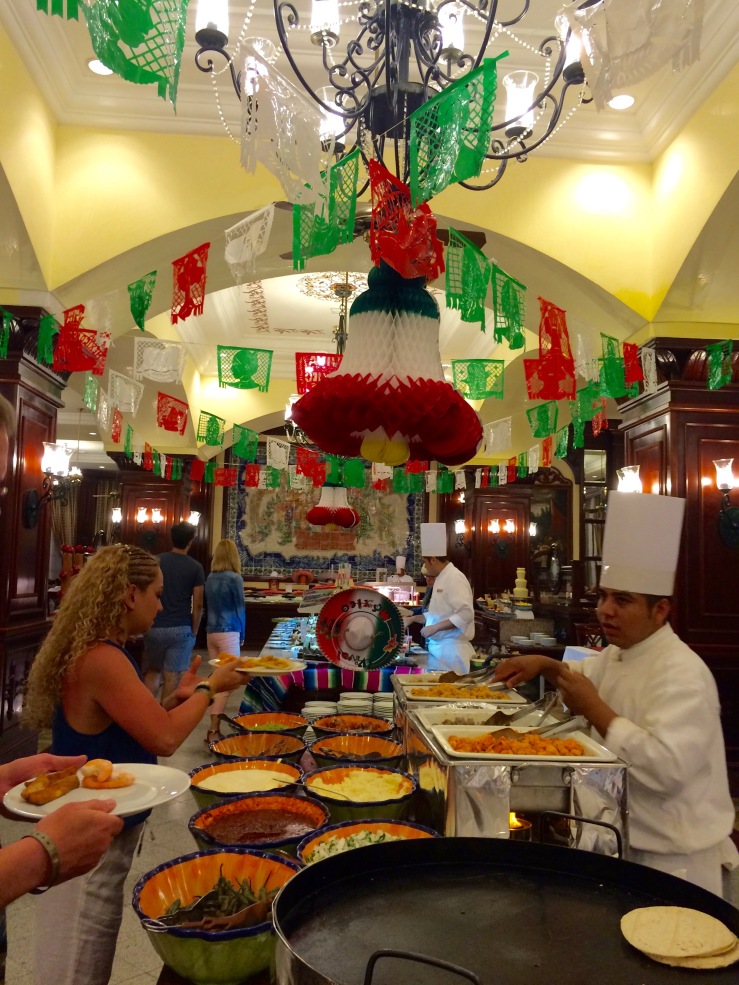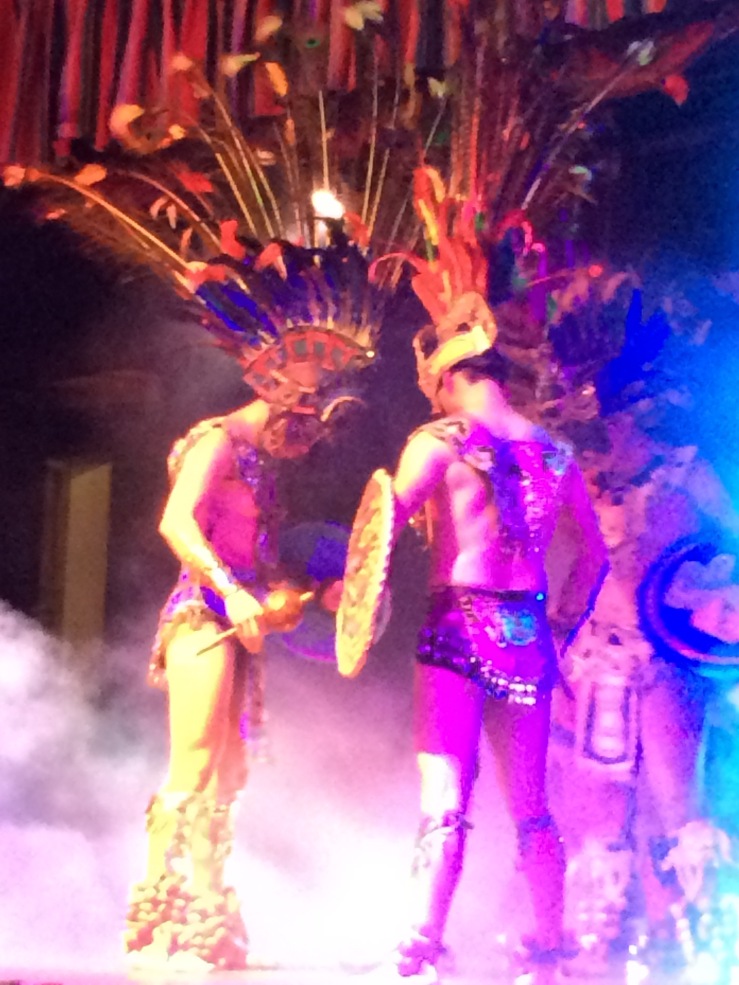(for Garry – today would have been your 60th birthday)
 At Latitude 16, the moon hangs in the night sky
At Latitude 16, the moon hangs in the night sky
a crooked smile
a lunar apostrophe, a haunting.
It was edging out of dark when my daughter
and I rose at dawn to drive a winding road
through this dry land.
The inbetween awaited us.
A small boat and kayak took us the rest of the way.

We felt his presence where he had never been.
Telling stories, we remembered him, there.
How his dust to dust settles into a narrow sandy beach
that disappears during the season of tropical rains.
Remember him. His voice.
How do you imagine the dead?
A littoral place he had never been.
In the dry season, we stood in the middle of the inbetween.
On one edge of the beach, the Pacific blue ocean waves
sweep you out to sea in untameable rip tides.
On the interior inland lip of sand –
the smooth blue green calm of river-fed lagoon
stretches toward the Sierra Madres.

The inbetween awaited us.
The place where flowers walk on water.
Where birds proliferate like leaves.
How do you name the dead in the place of inbetween?
Every tall branch, a perch for Agami Heron,
Boat-billed Heron, American Bittern, Black-crowned
Night Heron, Yellow-crowned Night Heron,
Green Heron, Cattle Egret, Great Blue Heron,
Tricolored Heron, Little Blue Heron, Bare-throated
Tiger Heron, Snowy Egret.
How do you regret the dead in the place of inbetween?
On each post, a landing for Whimbrel,
Long-billed Curlew, Marbled Godwit,
Ruddy Turnstone, Red Knot,
Surfbird.
How do you mourn the dead in the place of inbetween?
You name the living.
In swampy shallows Black-bellied Whistling Duck,
Masked Duck, Ruddy Duck,
Canvasback and Redhead,
Ring-necked and Cinnamon Teal,
Mallard and Northern Pintail,
Muscovy and Wood.

Count the grief in the flap of wings,
the sound of flight.
Remember your hand on a paddle, your arm arcs above.

What arrived with your stride and hat?
You – devoted uncle and friend and lover and brother and son
your smile, wry
crooked with laughter
a lair of fun
and love, your embrace
a big hug from above
a tall man, you wore your hats tall too
motherless too young,
you taught us kindness
and play in everyday zones
like dinner and dishes
(delight staves off despair)
you taught us love of wild zones
a solitude of solitudes
of water and forest
in ice cave and the deep
long darkness of winter nights
you taught the virtue of
a light in the window
a home, to tend
to care, to mind

It was edging out of dark when we rose at dawn.
The inbetween awaited us.
We took this road to arrive.
We remembered him, there. You
Your hand on a paddle, arm arcing above.
Smile, wry, knowing. Your lair of loving fun.
On one side, the Pacific blue ocean crashes
Waves will sweep you out to sea in untameable rip tides.
On the other inland edge of the beach
Smooth blue green calm of a river-fed lagoon
stretches your journey toward the Sierra Madres.
.

— Laguna de Manieltepec , Puerto Escondido, Oaxaca, Mexico
15.862753
-97.068375



 At Latitude 16, the moon hangs in the night sky
At Latitude 16, the moon hangs in the night sky


















 Thinking this in response to our few mother/daughter days together in bliss and in irritation, the back and forth of our closeness, as we lie on a rip-tide Mexican beach at a sunny Spanish colonial resort.
Thinking this in response to our few mother/daughter days together in bliss and in irritation, the back and forth of our closeness, as we lie on a rip-tide Mexican beach at a sunny Spanish colonial resort.


